Purple Martins are one of the largest species of swallow in the world. Despite this, adults are still just eight inches long, but that is twice the size of the smallest swallow species! Despite their name, these birds are really more of a blue color, with perhaps an iridescent sheen of purple to their plumage. Read on to learn about the Purple Martin.
Description of the Purple Martin
As discussed above, Purple Martins are not blatantly purple. They have dark blue feathers with a slightly purple iridescence. Their undersides are darker blue and black. Males are more brightly-colored than their female counterparts.
Both sexes have short bills, and wide mouths. While they are large for sparrows, this species is only eight inches long, and weighs between one and two ounces.
Interesting Facts About the Purple Martin
These little birds, though they are not bright purple, are still quite beautiful. Learn what else makes them unique below.
- On the Fly – Like most swallows, this Martin species captures its prey on the wing, snatching flies and other insects straight out of the sky. They also drink water while flying. This species flies low over the surfaces of ponds and lakes and dips its bill below the surface to drink while flying.
- Nice Neighbors – People like having these birds around, primarily because we don’t like the insects that they eat! Not only are these birds beautiful, but they also eat lots of flies, mosquitoes, gnats, and other flying insects that pester us. To help attract Purple Martins to their yards, people hang birdhouses for them. Learn more about attracting birds on the FWS’s Backyard Birding page, where they have a section specifically dedicated to attracting Purple Martins!
- Not So Novel Concept – We weren’t even close to the first people to attract birds to our yards. In fact, we weren’t even the first to attract Purple Martins! Native Americans have hollowed out empty gourds and hung them up for these birds to use as nesting sites for hundreds of years!
Habitat of the Purple Martin
Like most other swallow species, Purple Martins prefer foraging in open areas where it is easier to capture flying insects. Their favorite foraging grounds include meadows, grasslands, over lakes and ponds, near beaver dams, flooded pastures, and more.
They also inhabit urban areas, like farms and cropland, as well as parks and gardens. This species utilizes manmade nest boxes and unoccupied woodpecker holes for their nests.
Distribution of the Purple Martin
This species lives in different regions during different times of year. Overall, their range extends from the northern United States to South America. In the spring and summer, they breed in the Eastern United States and southern Canada. They also breed in some localized regions on the west coast, some areas in the Midwest United States, and parts of Mexico.
Their migration routes take them throughout the rest of Mexico and through Central and northern South America. Purple Martins spend the winter in southern Brazil, eastern Bolivia, Paraguay, Uruguay, and northern Argentina.
Diet of the Purple Martin
These birds are insectivores, which means they feed on insects. While they are social, they don’t forage in large groups. However, mated pairs will feed together.
This species hunts in the air, and catches insects while flying. They search for food much higher than most other swallows do, usually more than 150 ft. off the ground. Some common meals include flies, flying ants, beetles, mosquitoes, crickets, wasps, bees, dragonflies, grasshoppers, and more.
Purple Martin and Human Interaction
Though these birds have stable population numbers now, they suffered heavily when humans introduced starlings to North America. To help combat their decline, humans began placing nest boxes for these birds across the eastern United States. Nowadays, the IUCN lists the Purple Martin as Least Concern, though regional populations vary in their numbers.
Domestication
Humans have not domesticated these birds in any way.
Does the Purple Martin Make a Good Pet
No, Purple Martins do not make good pets. They are wild birds, and need lots of space to fly and hunt for food. In most places, the Migratory Bird Treaty Act protects this species from capture, harassment, and killing.
Purple Martin Care
This species is not common in zoos or aquariums. Because they feed on flying insects, and catch them right out of the air, it is difficult to care for these birds.
In a zoological setting, zookeepers would need to feed them flies, crickets, and other insects. Their enclosures would have to be quite large, and contain a variety of insect attracting plants.
Behavior of the Purple Martin
This species is social, and usually lives in flocks. Outside of the breeding season, flocks congregate to roost together. They forage during the day, usually alone or in pairs. As the breeding season arrives pairs select nesting locations.
Multiple martins will nest in the same birdhouse in different compartments. While they nest in close proximity to one another, they are less than neighborly and do not tolerate interlopers.
Reproduction of the Purple Martin
Pairs of martins only nest in manmade nest boxes, or in woodpecker cavities. On average, females lay four or five eggs per clutch. Females usually incubate the eggs, while the males bring the food.
Incubation lasts about two or three weeks, and the chicks begin learning to fly when they are about a month old. The young stay with their parents for another week or two, until they can catch food and survive on their own.

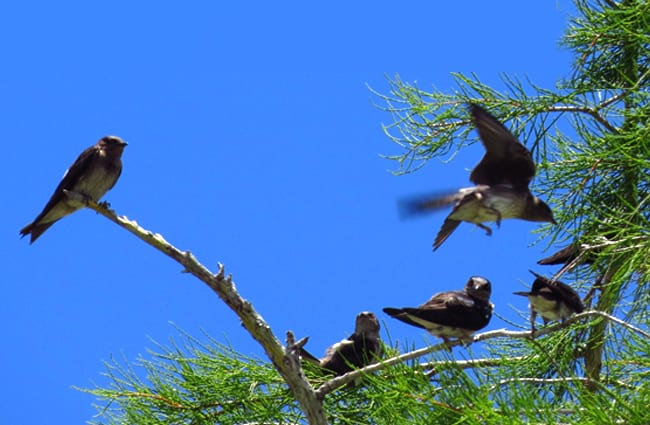



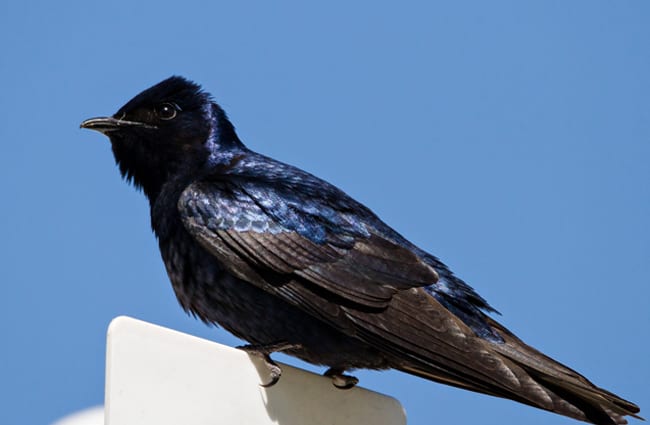


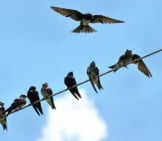
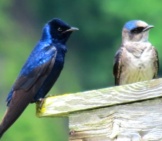
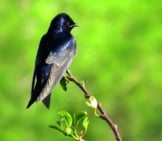

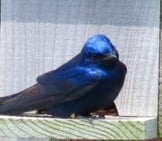
![Red Angus Closeup of a beautiful Red Angus cowPhoto by: U.S. Department of Agriculture [pubic domain]https://creativecommons.org/licenses/by/2.0/](https://animals.net/wp-content/uploads/2020/03/Red-Angus-4-238x178.jpg)












![Red Angus Closeup of a beautiful Red Angus cowPhoto by: U.S. Department of Agriculture [pubic domain]https://creativecommons.org/licenses/by/2.0/](https://animals.net/wp-content/uploads/2020/03/Red-Angus-4-100x75.jpg)

